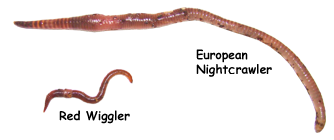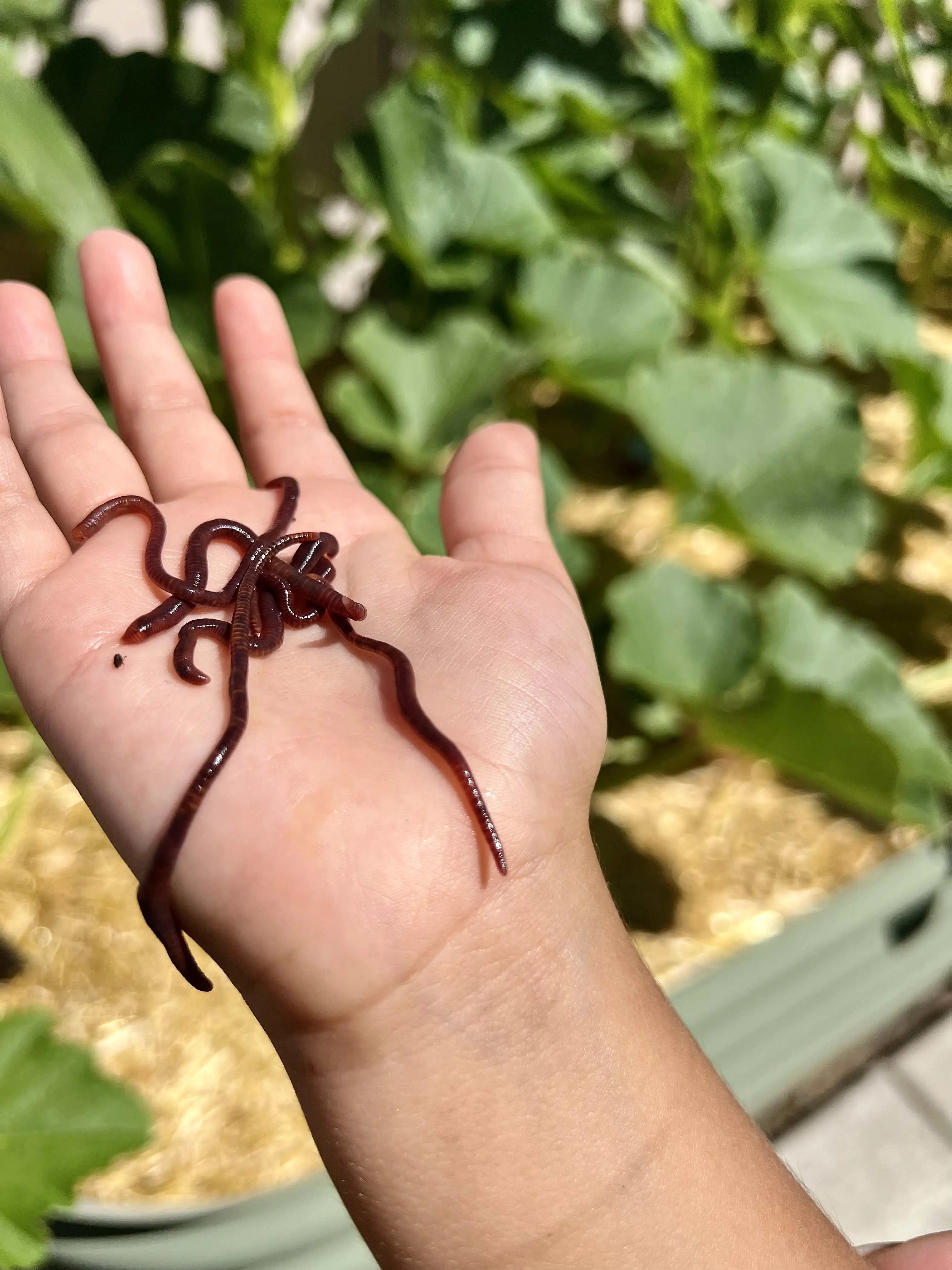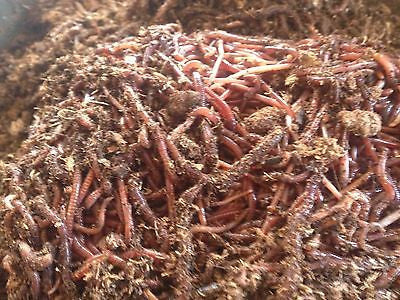Red Wiggler Worms Demystified: Opening the Tricks of Vermiculture for Greener Living and Nutrient-Rich Soil
In the realm of sustainable methods for enhancing dirt quality and advertising eco-conscious living, red wiggler worms play a critical yet frequently overlooked function. These simple animals have the impressive capacity to transform organic waste into nutrient-rich castings that function as a powerful natural fertilizer. By delving into the world of vermiculture, one can uncover a wide variety of benefits that prolong far beyond standard composting techniques. Comprehending the intricacies of taking care of these worms, maximizing their setting, and utilizing their castings can bring about a greener way of life and healthier soil for plants to thrive.
The Function of Red Wiggler Worms
Red Wiggler worms play an important role in composting systems by efficiently damaging down raw material into nutrient-rich castings. These ravenous eaters eat a selection of organic products, such as cooking area scraps, yard waste, and paper items. As they feed, the worms' gastrointestinal processes break down the organic issue into a fine, dark, and nutrient-dense material referred to as worm castings or vermicompost.
The spreadings generated by Red Wiggler worms are highly valuable for soil wellness and plant growth. They are abundant in vital nutrients like potassium, nitrogen, and phosphorus, which are important for supporting healthy plant growth. Additionally, worm castings contain useful microorganisms and enzymes that help boost soil structure, rise water retention, and improve nutrient uptake by plants.
Advantages of Vermicomposting

Furthermore, vermicompost, the nutrient-rich end item of vermicomposting, works as an excellent organic plant food and soil conditioner. It improves dirt framework, improves soil oygenation, and enhances dirt wetness retention. These buildings add to much healthier plants with stronger origin systems and much better resistance to illness and parasites. Vermicompost additionally enhances the soil with essential nutrients like nitrogen, potassium, and phosphorus, advertising plant growth and overall soil fertility.
Furthermore, vermicomposting supports lasting horticulture techniques by giving a chemical-free and all-natural option to artificial fertilizers. Red Wiggler Worms. This ecologically pleasant technique not only enhances the dirt yet also assists minimize reliance on damaging chemicals, advertising a greener and more sustainable method of horticulture
Establishing a Worm Bin
When developing a worm bin for vermicomposting, correct setup is vital to why not check here ensure the success of the composting process. The initial step in setting up a worm bin is selecting an ideal container.
After including the bed linens, introduce the red wiggler worms to the bin. The worms should then be given with food scraps such as fruit and vegetable peels, coffee grounds, and eggshells.
Routinely keep an eye on the wetness degrees and temperature level in the worm bin to make certain optimum problems for the worms. With proper setup and upkeep, the worm bin will properly transform natural waste into nutrient-rich garden compost for your plants and yard.
Harvesting Worm Spreadings
To successfully accumulate nutrient-rich worm spreadings from your vermicomposting system, a systematic harvesting method is important. When it comes time to gather the worm castings, there are a couple of essential steps to comply with pop over to this web-site to make sure an effective process.

Troubleshooting Common Issues
Recognizing and addressing usual obstacles that might develop throughout the vermicomposting procedure is crucial for keeping a healthy and balanced and productive worm container. One check here usual issue that vermicomposters experience is overfeeding. Including excess food scraps can bring about a build-up of dampness and level of acidity in the worm bin, potentially harming the worms. To stop this, feed the worms in moderation, making certain that the food scraps are effectively damaged down before including more. One more concern is unpleasant odors rising from the worm bin. Foul scents suggest anaerobic conditions, usually brought on by overwatering or inadequate air flow. To remedy this, change the dampness levels by including dry bed linen products like shredded newspaper or cardboard and increase aeration by transforming the bed linens routinely.
In addition, if the worm population is decreasing or the worms appear unhealthy, maybe because of ecological stressors such as severe temperatures or pH levels. Keeping an eye on these factors and making required changes is necessary for the health of the worms. By fixing these usual problems immediately, vermicomposters can ensure a effective and smooth vermicomposting process while preserving a thriving worm population.

Verdict
In final thought, red wiggler worms play a vital role in vermiculture by breaking down natural issue into nutrient-rich dirt. The benefits of vermiculture include greener living and enhanced soil top quality. Setting up a worm container is necessary for effective vermiculture, and harvesting worm spreadings provides useful compost for horticulture. By understanding and troubleshooting common problems, individuals can open the keys of vermiculture for sustainable living and much healthier soil.
As they feed, the worms' digestive system procedures damage down the natural matter into a penalty, dark, and nutrient-dense product recognized as worm spreadings or vermicompost.
The spreadings created by Red Wiggler worms are highly advantageous for soil wellness and plant growth. Adding excess food scraps can lead to a buildup of wetness and level of acidity in the worm bin, possibly hurting the worms.Furthermore, if the worm populace is declining or the worms show up undesirable, it can be due to ecological stress factors such as severe temperature levels or pH degrees. Setting up a worm container is vital for successful vermiculture, and harvesting worm castings gives useful garden compost for gardening.